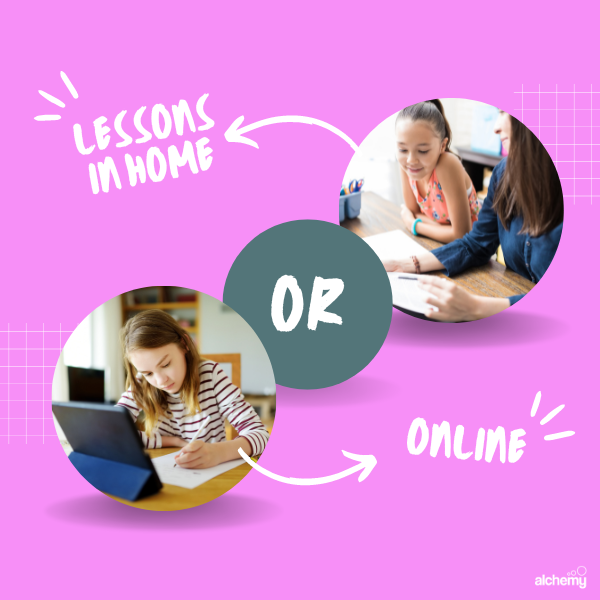We’ve all been there. Trying to work out the best way to sandwich an awkward quote into an essay to prove our point, and knowing that getting it wrong could cost us marks. The good news? It doesn’t have to be this way.
Quotes (or ‘quotations’ to use their full name) are an integral part of writing a VCE essay. Whether it’s a text response, comparative, or language analysis question, you can be sure that you’re going to need to reference back to your source text at some point when writing an essay – so it pays to know how to do it properly.
In this guide, we take a detailed look at how to quote in an essay and give you some top tips for making those references stand out.
What are quotes?
This might be taking things back to basics, but before you can learn to quote properly, you need to know what a quote actually is.
Why not also read: Guide to VCE Language Analysis
In simple terms, a quotation is where the words from a text are repeated by somebody other than the original author. You can usually tell when somebody has used a quotation since the phrase or passage will be marked out by quotation marks – which are expressed at either end of the quote as single inverted commas (‘quote’) or double inverted commas (“quote”).
Should you use a single or double quotation mark in Australia?
There’s actually no formal rule when it comes to using quotation marks in Australia. In most cases, the use of single inverted commas is preferred since this follows the British standard. It’s also perfectly acceptable for you to use the American style double inverted commas – but either way you must be consistent and not use a mix of the two.
Why use quotes in an essay?
When they’re used properly, quotes can make for a very powerful addition to an essay. For one thing, they clearly demonstrate your knowledge and understanding of a text, but they can also help you to evidence and reinforce your argument.
Why not also read: How to write a creative response
Without quotes, you may find it difficult to link back to the text you’re discussing – and this kind of effective communication is absolutely essential if you want to score the best possible marks in English essays.
Of course, if you can use quotes effectively and in the correct way, you’ll also be showing the examiners just how great your writing skills are, too!
How to fit quotes into an essay
If you want to achieve the best marks, you need to use quotes. The arguments you make about a text should always be supported by short quotes, and without them your points are at risk of seeming irrelevant.
There are a few key things to keep in mind when you’re quoting from a text in an essay:
- Always use the exact words from the original text. Inaccuracy here could make it seem like you didn’t pay attention to the detail of the text, and it won’t do anything to reinforce the argument you’re making.
- Always use the same punctuation style. Maintain consistency between quotes, and only use either single inverted commas, or double inverted commas – not a mix of the two.
- Remember to close the punctuation marks, and use the same punctuation as the original text. Keeping to this rule means that your quotations are accurate, and the examiner’s attention won’t instead be drawn to your inconsistent or inaccurate grammar.
How to use embedded quotations in an essay
There are a few ways to include quotations in an essay, but embedding is by far the most effective. Embedding is when you include the quotation as part of your own sentence, for instance in an essay about Jane Austen’s Pride and Prejudice, you might say:
The reader learns about Mary’s perceptions of human nature, when she describes pride as ‘a very common failing’.
By including quotes within the body of your text, you can pick and choose very precise pieces of evidence to corroborate the point you’re trying to make. You can even use single word quotes and develop your ideas around them – a technique that often goes down very well with examiners.
All in all, embedded quotes are a great way to include references and evidence from a text. Just be cautious not to use short quotes out of context or to make a point that doesn’t naturally follow from their meaning in the original text, as it might seem that you don’t understand the material.
How to use quotations at the end of a point
It’s also quite common practice to use quotes at the end of your argument. In such cases you should use a colon before the quotation to make it clear that you are quoting from the text:
The reader learns that Mary is circumspect of human nature and, in particular, Mr Darcy’s own nature: ‘” Pride”, observed Mary, who piqued herself upon the solidity of her reflections, “is a very common failing, I believe.”’
How to use long quotes in an essay
If you need to use a longer quotation, the proper practice is to separate it from the body of your essay by dropping down a line and indenting the text. This means that you should leave a gap in the left-hand margin – and since the quote is separate from your writing, you are not strictly required to use quotation marks.
How to use an ellipsis in a quote
In some cases you might want to use a quote but omit some of the writing between the two points you want to highlight. In such cases, an ellipsis could help you. This is a formal way of showing that something is missing from the sentence, and consists of three dots in a row. An example might be:
The reader learns that Mary is circumspect of human nature and, in particular, Mr Darcy’s own nature: ‘ ”Pride … is a very common failing, I believe.” ’
Get better marks with Alchemy Tuition
Since 2005, Alchemy Tuition has worked with thousands of students to help them achieve the best possible results across VCE English and a wide variety of other courses.
All of our friendly and affordable tutors have been in the same shoes, studying hard and hoping to get a great grade. We know what the examiners are looking for, and we’ll help you (or your child) to excel at using quotes in their essays and much, much more.
To find out more, or to book an initial tutoring session, visit our site.




